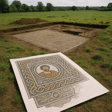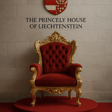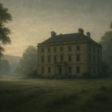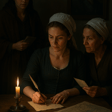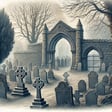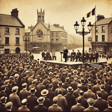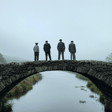
The Trinity Street Ghost
Welcome back to Pieces of History! After a four-year hiatus, the podcast that brings you captivating tales from the past is making its long-awaited return. This season, I’m diving back into the events, people, and stories that shaped our world - both the famous and forgotten.
Kicking off our new series is a spine-tingling episode on the Trinity Street Ghost, a chilling tale that captured the imagination of Northern Ireland in the 1930s. In today’s episode, we’ll uncover the mystery of this ghostly legend, exploring its historical context, the cultural attitudes toward hauntings, and the enduring power of such tales to spark wonder and curiosity.
Join me as I unravel the threads of history, one fascinating story at a time.
Email: piecesofhistorypod@outlook.com
Facebook: Pieces of History podcast
Instagram: pieceofhistorypod
